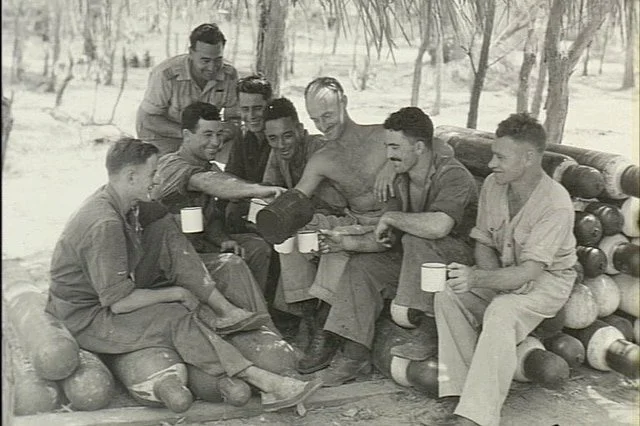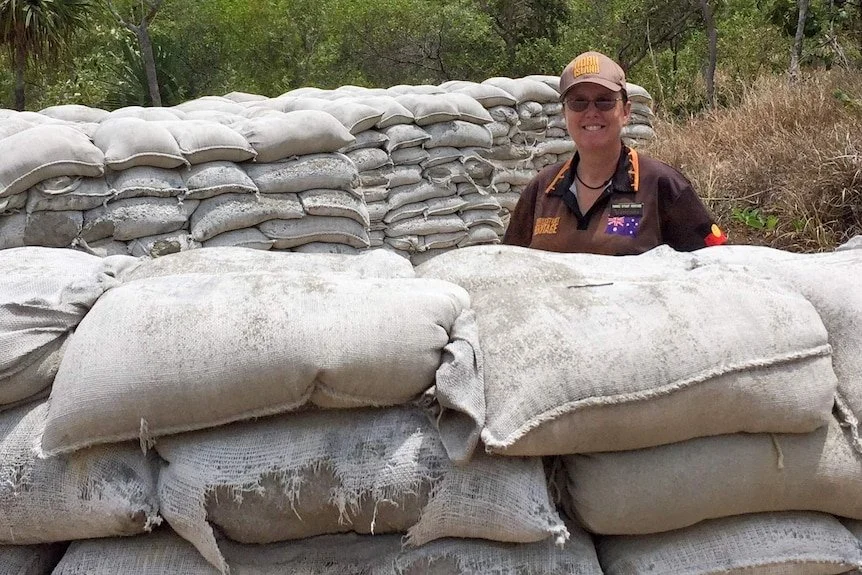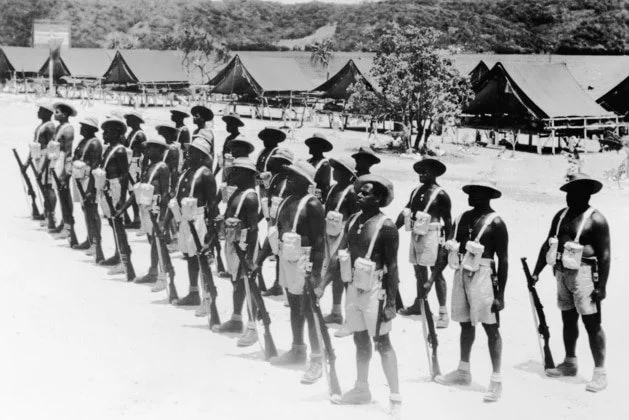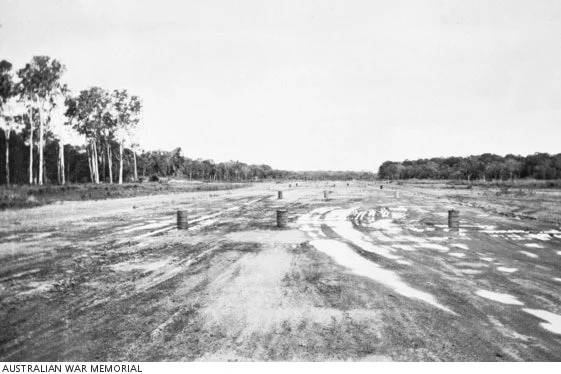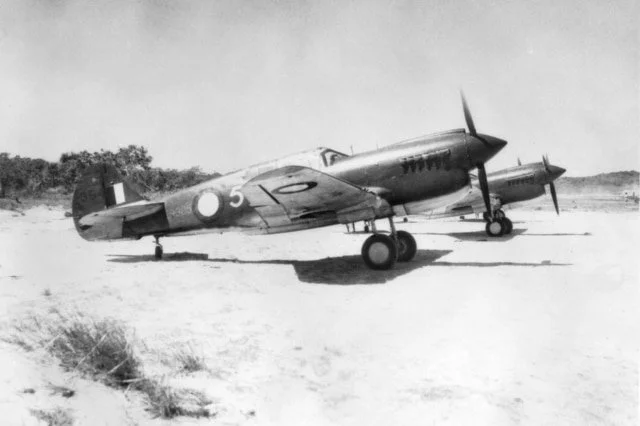Meet the woman preserving Horn Island's most significant Word War II sites
Taken from ABC News
26 September 2016
As Australia faced the threat of Japanese invasion during World War II, Horn Island became one of the nation's most important defensive positions.
Now, one woman is dedicating herself to preserving that memory.
Vanessa Seekee moved to Horn Island, in the Torres Strait, more than 22 years ago and, by her own admission, knew little about the place when she arrived.
"When I first got here I'd walk around and find things … there was no information on them, there was no idea of who had been here or what they'd done," Ms Seekee said.
"I thought it was sad that people had been here and done something, but no-one knew anything about them."
For more than two decades, Ms Seekee and her husband, Liberty, have worked to uncover and restore some of the island's most significant military installations.
"Horn Island was the second-most-attacked location in Australia, next to Darwin," Ms Seekee said.
“They [Japanese forces] threw down about 500 bombs. Submarines sank ships in the area and they flew reconnaissance overhead quite often, but didn’t land here.”
One of the worst losses of life in the Torres Strait came when Japanese submarine RO-33 sank the MV Mamutu on August 7, 1942.
A total of 114 lives were lost in the attack, including 84 civilians.
Establishing the Torres Strait Light Infantry
Despite not being recognised by the Commonwealth census at the time, 880 Torres Strait Islanders volunteered for service in World War II.
They would become known as the Torres Strait Light Infantry Battalion.
"They got paid half the wage of other soldiers, but they still volunteered in such numbers that it was the highest rate of enlistment per population in the country," Ms Seekee said.
"[Horn Island] is the only place in Australia where Indigenous and non-Indigenous soldiers came together in the military for such a common goal.
"We're trying to show people the sacrifice and effort that Torres Strait Islanders and non-Indigenous fellows from down south did together on Horn Island."
Horn Island's Suicide Squad
Before the end of 1942, more than 5,000 Australian and American military personnel were stationed on Horn Island.
But the ever-increasing threat of Japanese invasion meant steps were taken to ensure the island — particularly its airstrip — would not fall into enemy hands.
A group of volunteers dug tunnels under the airstrip and placed more than 4,000 pounds of explosive charges.
"The idea was that if Japan landed here they were to blow it all up," Ms Seekee said.
"But with no mode or method left for their evacuation, they were going to be left here — that's why they got the name Suicide Squad."
Japanese forces never did manage to land on Horn Island, and the charges were removed by engineers towards the end of 1944.
Offering closure for families
Ms Seekee said veterans visiting the sites she and her husband had restored immediately recognised the places where they fought for their country.
"They know where everything should be without us telling them, and they're really pleased to see the place conserved," she said.
The sites also hold special meaning for the families of those who were based on Horn Island during the fighting.
"Some families come to us not knowing where their relatives had died," Ms Seekee said.
"One family in particular we were able to take to the approximate location of where their relative's Kittyhawk went down, and they were able to lay wreaths on the water finally."
"There can be a lot of emotion on the island … but we've given a lot of families closure."
Passion for preservation
The next project for Ms Seekee is to clear and conserve a concreted and roofed trench once used to defend the island's airstrip.
"It'll be an archaeological dig … it'll be good to get down there and see what's down in that leaf matter, because there might be badges, buttons, buckles, coins and all sorts," she said.
"If you don't conserve the sites they'll fall apart and there'll be nothing left.
"I think it's important that these guys served their country; they wore the uniform, they did the job, they did their best and they should be remembered for that."
Vanessa Seekee is uncovering some of the island's most important military sites.(ABC Far North: Fiona Sewell)



